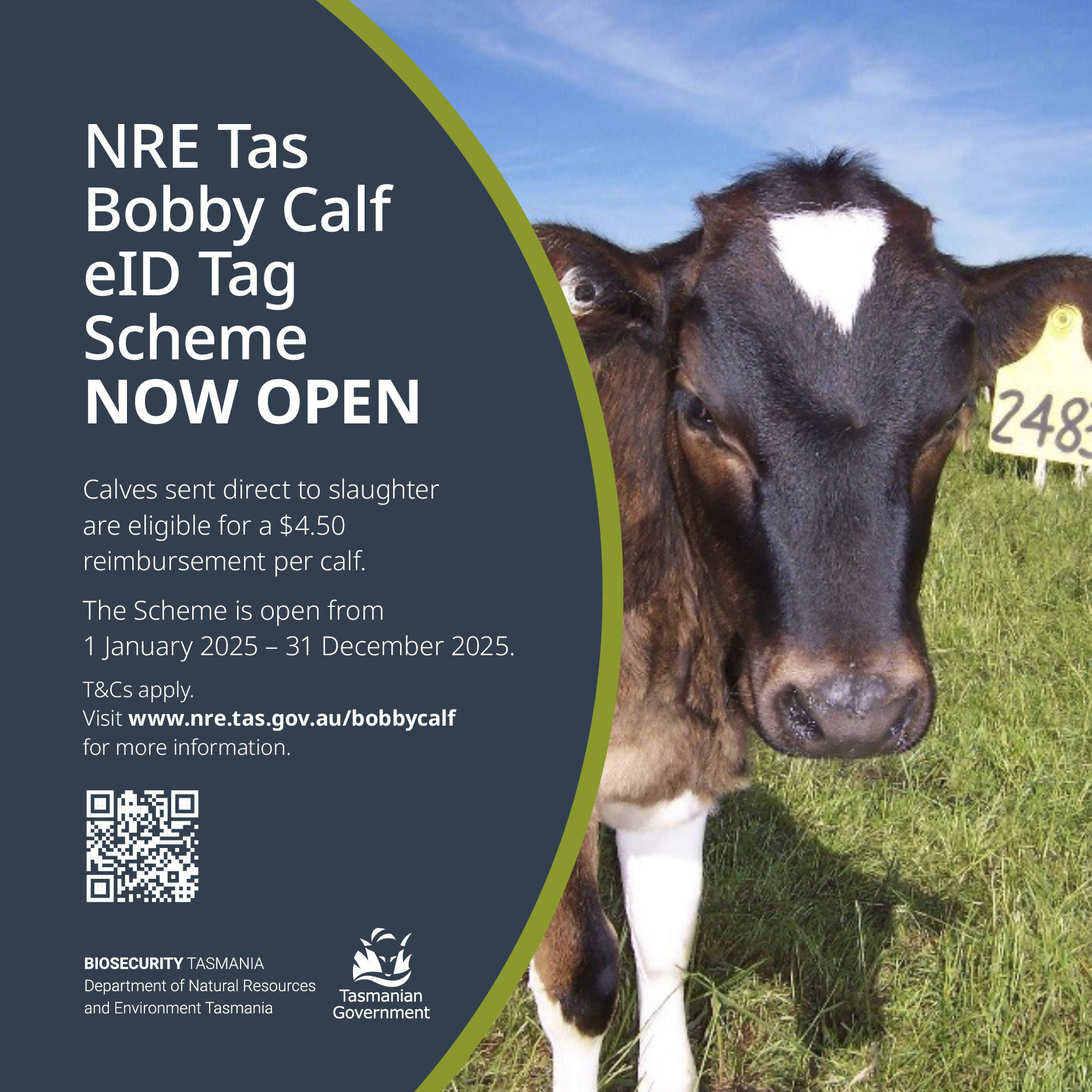Relief at livestock price rise
TASMANIAN producers are finally seeing some promising signs in livestock markets after some significant price jumps in recent weeks.
Prices for beef and lamb plummeted late last year, due to tough seasonal conditions, larger turn off rates and a slowdown in export markets.
Now, however, lower numbers have push up demand, which is good news for producers who have been able to hold on to stock through the winter.
Elders livestock agent Greg Harris said while it was not unusual to see prices lift at this time of the year, the recent increases had been a welcome change.
“There’s nothing left to sell so everything has got to get dear,” he said.
“Everything has run out and it’s that time of the year. It always happens but it has probably been exacerbated this year because a bit more stock have gone earlier.”
Mr Harris said a lot of producers had been forced to sell stock, and especially lambs, earlier in the year because the extremely dry seasonal conditions meant they were unable to finish them.
The shortage of numbers has seen lamb prices jump between $1.50-$2 a kilogram dressed weight in the past six weeks. Mr Harris said beef prices had jumped about $1.50 a kilogram as well as processors look to secure stock. Nutrien Livestock agent Warran Johnston said supply and demand fundamentals were the main reason behind the recent beef price increases.
“Cattle are certainly starting to gain a bit of momentum and we’re seeing weekly increases in the cattle market at the moment,” he said.
“It’s not a lot, but it’s going in the right direction.
The shortage of cattle is becoming quite evident to butchers, processors and store buyers.
We’ve had a mass exodus of cattle out of Tasmania and the island since pre-Christmas really.” Mr Johnston said recent rain should set things up for a good early spring and the lack of cattle is seeing more demand.
“With local rain and we’re 25 sleeps from spring, there’s no doubt we’ll get a good start for the spring ... there are a lot of people looking at paddocks now thinking they’ve got nothing on them,” he said.
“The mainland market has been pretty good, too, which has helped to drive our market and there’s certainly inquiry from right across the country for livestock.”
With the sucker lamb season due to get under way on the mainland soon, Mr Harris said he expected local prices may go a little bit higher, but would most likely hold steady for the next few months.
“People aren’t going to have stock now because the fattening blokes are ploughing ground to put in crops, they’re not growing feed to finish lambs and there aren’t any around to buy at the moment anyway,” he said.
“You won’t see much around until late November or early December at the earliest.”
Mr Johnston said while they are fluctuating it was good to see an improvement in lamb prices.
“We’ve certainly seen a good increase in the lamb market in the last six weeks,” he said.
“We’re just seeing prices going up and down $10-$20 each week as numbers come forward and then retreat and the mutton market has been pretty similar.”
Mr Harris said more processing capacity meant any farmers with stock to sell are not having any problems moving them. “Especially for the little cross bred cattle, they were very cheap whereas now it has opened that job up a little bit better and there’s a bit of room there,” he said.
A store sale is scheduled for Powranna next week and Mr Harris said it will be interesting to see what demand is like.
“The demand is still going to be there for sure, but I think there will be a bit of caution about locking up for hay, because I don’t reckon there will be a bale of hay left in Tassie with the price it has been making,” he said.
“They will be making sure they can cut fodder and get some storage up again from what they’ve had left, but we’ve got to wait and see what happens there.”
The increase in beef prices can clearly be seen in the Eastern Young Cattle Indicator, which this week reached 663 cents a kilogram, a huge jump from November last year when it fell to just 349 cents a kilogram.
Mr Johnston said while he expects store cattle buyers will be cautious, a lot will depend on the season and pasture growth.
“Grass is a funny thing, through that spring period, people have trouble watching grass wave in the wind,” he said.
“If people can see a return in it, they will buy livestock.”




Add new comment